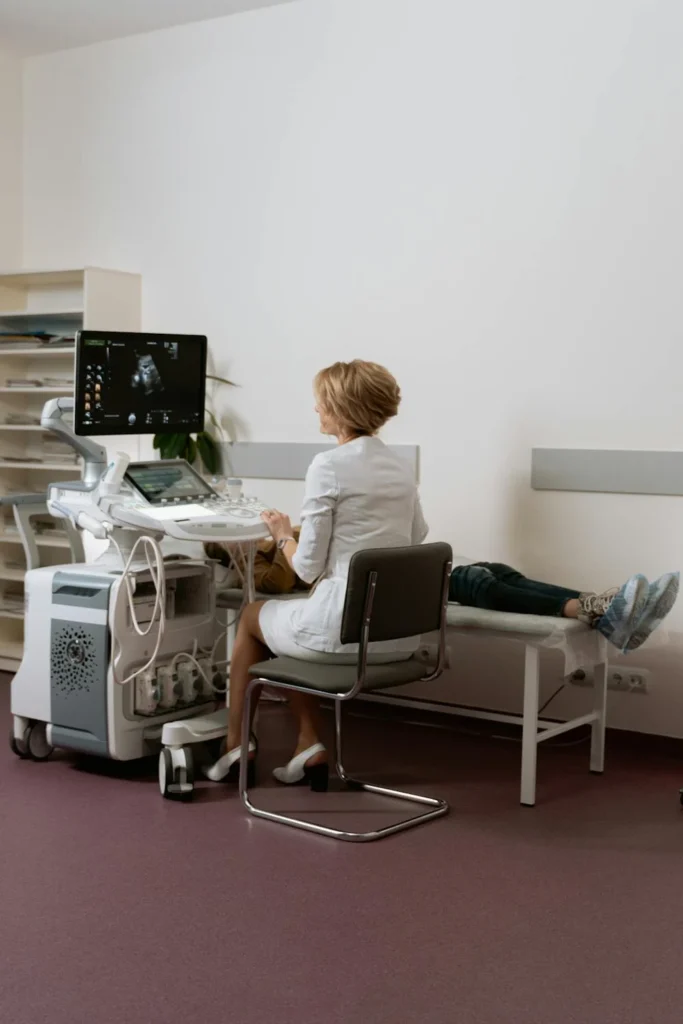Introduction to Healthcare Interoperability
Imagine a symphony orchestra: each instrument plays a vital role, and when in harmony, they create a beautiful melody. Similarly, in healthcare, different systems and applications must ‘talk’ to each other to provide seamless patient care. This harmony is healthcare interoperability. It’s the ability of different health information systems, devices, and applications to access, exchange, integrate, and cooperatively use data in a coordinated manner, within and across organizational boundaries.
Healthcare interoperability is akin to a universal language in the medical world, allowing for efficient communication between various electronic health records (EHRs), lab systems, imaging systems, and other healthcare software. This connectivity ensures that a patient’s health information is available, discoverable, and understandable when and where it’s needed most. By enabling this data fluidity, healthcare providers can make more informed decisions, leading to improved patient outcomes.
Today, interoperability is not just a convenience; it’s a necessity. It empowers coordinated care, reduces medical errors, and leads to more personalized treatment plans. Picture a patient moving from a general practitioner to a specialist. With interoperability, the specialist can instantly access the patient’s history, lab results, and medications, ensuring continuity of care. It’s a crucial component in building a connected, efficient, and patient-centered healthcare system.
The Evolution of Healthcare Interoperability
The journey of healthcare interoperability is a fascinating one. It’s a tale of progression from scattered, paper-based records to today’s integrated digital systems. This transformation began in earnest with the advent of computers in healthcare, but it was the introduction of Electronic Health Records (EHRs) that marked a significant turning point.
Initially, healthcare data was isolated within individual systems, leading to fragmented patient information. The realization quickly dawned that for effective patient care, these systems needed to ‘talk’ to each other. Enter interoperability: a bridge connecting these isolated islands of information. Key milestones in this journey include the Health Information Technology for Economic and Clinical Health (HITECH) Act of 2009, which incentivized EHR adoption, and the establishment of health information exchanges (HIEs), facilitating data sharing across different healthcare settings.
But it wasn’t just legislation driving this change. Technological advancements like cloud computing and big data analytics played pivotal roles. These technologies have enabled the handling of vast amounts of health data, transforming it into actionable insights, thereby revolutionizing patient care.
Today, interoperability is more than data exchange. It’s about creating a seamless, integrated, and patient-focused healthcare ecosystem. From AI enhancing diagnostics to blockchain ensuring data security, the future of interoperability is bright and promising. As we move forward, it continues to reshape healthcare, making it more accessible, efficient, and tailored to individual needs.

The Importance of Interoperability in Healthcare
Healthcare interoperability, a vital cog in modern healthcare, revolutionizes patient care and operational efficiency. Imagine a world where your medical history, from prescriptions to surgeries, seamlessly flows across different healthcare providers. This is the power of interoperability – it connects disparate health information systems, enabling a fluid exchange of patient data. The impact? Enhanced patient outcomes. With interoperability, doctors access comprehensive patient records, making informed decisions swiftly, reducing misdiagnoses and medication errors.
But the benefits extend beyond patient care. For healthcare providers, interoperability means heightened efficiency. No more redundant tests or delayed treatments due to missing information. It’s about having the right data at the right time, leading to cost savings and more time for patient care. Moreover, interoperability bolsters data security. By standardizing data exchange, it fortifies the protection of sensitive patient information against breaches.
Interoperability also paves the way for advanced healthcare analytics. By aggregating diverse data sets, healthcare systems can uncover trends, predict outbreaks, and improve public health strategies. Real-world examples abound, like the improved management of chronic diseases through continuous data sharing or the swift response to health emergencies by leveraging real-time data.
Challenges and Barriers
Despite its potential, healthcare interoperability faces significant hurdles. The journey towards a fully interconnected healthcare system is fraught with technical and administrative challenges. One of the primary roadblocks is the lack of uniform data standards. Diverse healthcare systems often use incompatible formats, turning data sharing into a complex puzzle.
Technical issues also play a role. Integrating disparate systems, especially older ones, poses a technical challenge, often requiring significant investment and expertise. Then there’s the privacy concern. As patient data becomes more accessible, safeguarding this sensitive information becomes paramount. Healthcare providers must navigate a delicate balance between data sharing and privacy protection.
Resistance to change is another barrier. Shifting from traditional practices to a more interconnected approach demands a cultural shift within healthcare organizations. It requires training, adaptation, and often, a change in mindset.
Yet, the future looks promising. With ongoing technological advancements and a growing recognition of its importance, the path towards achieving complete healthcare interoperability is becoming clearer. It’s a journey worth undertaking, with the promise of a more efficient, secure, and patient-centric healthcare system at its end.
Future Perspectives and Innovations
In the dynamic realm of healthcare interoperability, emerging technologies are heralding a transformative era. AI, at the forefront, is redefining data processing, ensuring accuracy and speed in patient data management. By learning from vast datasets, AI algorithms predict health trends, personalizing care like never before. Moreover, blockchain technology is revolutionizing data security. It provides an immutable ledger, ideal for sensitive health records, ensuring trust and transparency in data exchanges. Furthermore, cloud computing’s scalability offers unparalleled data accessibility. It enables real-time, secure data sharing across global healthcare systems.
Predictions from industry experts suggest a seismic shift towards more AI-driven analytics and blockchain-secured data exchanges. These innovations promise to address current interoperability challenges, like data silos and inconsistent standards. AI’s predictive analytics will streamline diagnoses and treatment plans, while blockchain will enhance data integrity, building robust, trust-based healthcare networks.
As these technologies evolve, they will likely shape a more integrated, efficient healthcare landscape. The future points towards a scenario where seamless data flow enhances patient outcomes, reduces operational costs, and fosters collaborative, evidence-based healthcare practices. This visionary future, however, hinges on continuous innovation, cross-sector collaboration, and adaptive regulatory frameworks.
The Road Ahead
Summarizing, healthcare interoperability stands as a cornerstone in modernizing healthcare. Its significance stretches across enhanced patient care, improved data security, and efficient healthcare management. This article illuminated the evolution, importance, and future perspectives of interoperability, underscoring its pivotal role in healthcare advancement.
As we look ahead, the call to action is clear. Stakeholders across the healthcare spectrum must commit to embracing and advancing interoperability. From adopting cutting-edge technologies like AI and blockchain to fostering collaborative environments, the collective effort is imperative. It’s a journey towards a more connected, efficient, and patient-centric healthcare system.
The road ahead is promising, filled with innovations that will further integrate and streamline healthcare processes. Embracing these changes, healthcare providers, policymakers, and technology partners can collectively forge a future where interoperable systems are not just a vision but a reality. This collaborative effort will undoubtedly lead to a healthcare landscape that is more responsive, resilient, and ready to meet the challenges of tomorrow.

